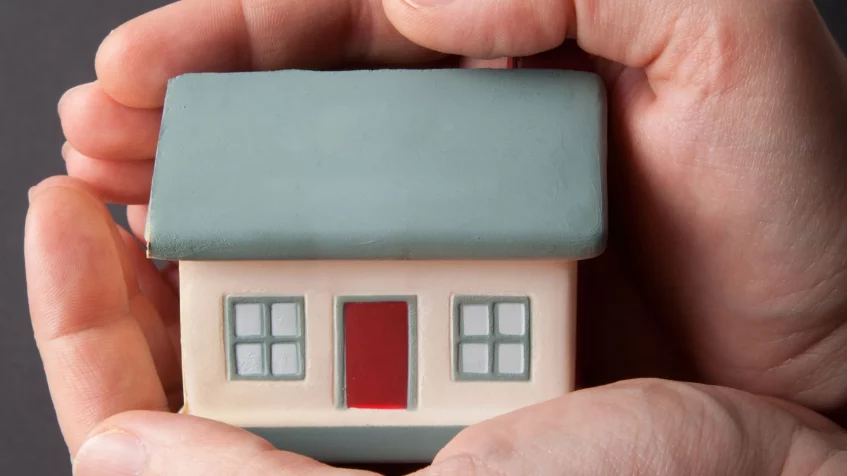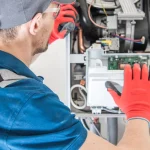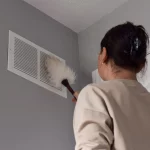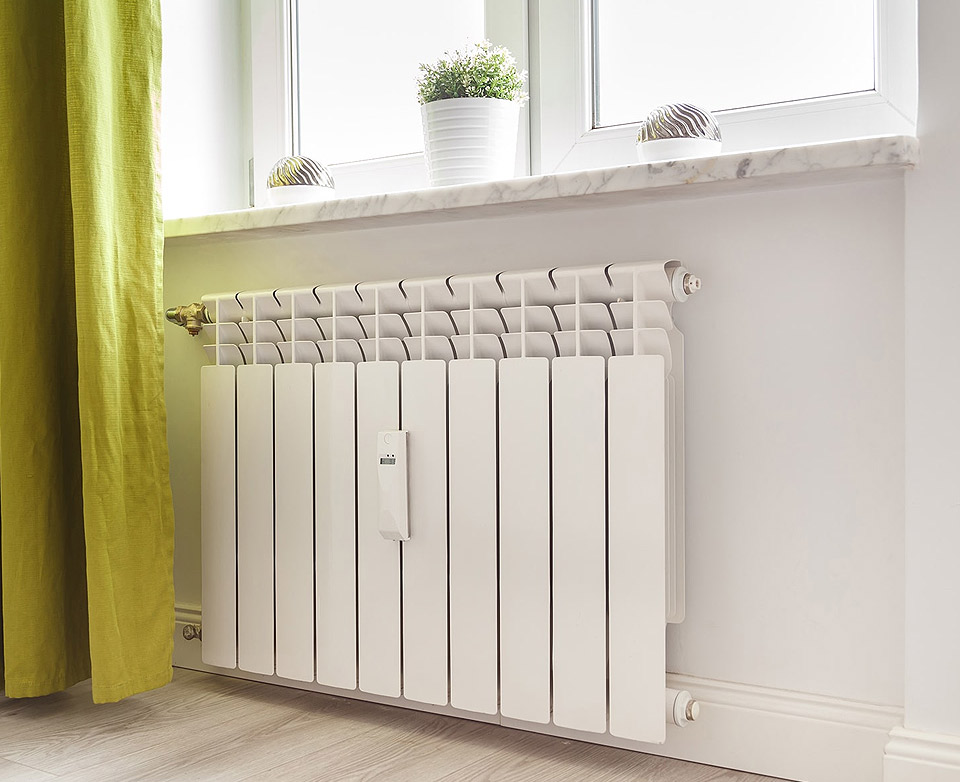
Furnace Safety: Protecting Your Home from Carbon Monoxide and Other Hazards
Your furnace is a silent hero, keeping your home warm and cozy during the chilly months. While we often take our heating systems for granted, ensuring furnace safety is paramount to protect your home and loved ones from potential dangers. In this blog post, we will explore the importance of furnace safety, the potential hazards, and practical tips to keep your home secure. Let’s dive into the world of furnace safety to ensure your warm haven remains a safe one.
The Silent Threat: Carbon Monoxide
Carbon monoxide (CO) is a colorless, odorless gas produced during the combustion process of fuel-burning appliances like furnaces. When not vented properly or when a furnace malfunctions, it can lead to CO leaks. This gas can be deadly, and its symptoms, like headache, dizziness, and nausea, are often mistaken for the flu. Furnace safety begins with preventing CO leaks:
1. Regular Maintenance
A well-maintained furnace is less likely to malfunction and produce CO. Schedule annual inspections and maintenance by a qualified HVAC technician. They will clean, check for leaks, and ensure your system operates efficiently.
2. Install CO Detectors
Install carbon monoxide detectors in key areas of your home, especially near bedrooms. These detectors can alert you to CO leaks before they become dangerous. Remember to replace the batteries annually.
3. Ventilation Matters
Ensure that your furnace is properly ventilated. Blocked or malfunctioning vents can lead to CO buildup in your home. Keep vents clear and have them inspected during routine maintenance.
4. Professional Installation
When installing a new furnace, always hire a professional HVAC technician. Proper installation not only ensures efficiency but also reduces the risk of CO leaks.
Fire Safety and Furnaces
Beyond carbon monoxide, furnaces can pose other fire safety hazards. Here’s how you can mitigate those risks:
1. Clear the Area
Keep flammable materials, such as paper, cardboard, and chemicals, away from the furnace area. Maintain a clear zone to prevent accidental fires.
2. Use Quality Filters
Regularly replace your furnace filters. Clogged filters reduce airflow, causing the system to overheat, potentially leading to a fire. Invest in high-quality filters designed for your furnace.
3. Electrical Safety
Faulty wiring can lead to electrical fires. Regularly inspect your furnace’s electrical components and call a professional if you notice frayed wires or other issues.
Efficiency and Energy Savings
Furnace safety isn’t just about preventing disasters; it’s also about optimizing your system for efficiency and cost savings:
1. Programmable Thermostat
A programmable thermostat allows you to set the temperature lower when you’re not home and warmer when you are. This not only saves energy but also reduces wear and tear on your furnace.
2. Annual Inspections
We can’t emphasize enough how crucial annual inspections are. They ensure your furnace operates at peak efficiency, reducing energy consumption and lowering your utility bills.
3. Seal Leaky Ducts
Leaky ducts can cause heat loss, making your furnace work harder. Properly sealing and insulating ducts can save energy and improve comfort.
4. Upgrade to High-Efficiency Models
If your furnace is old and inefficient, consider upgrading to a high-efficiency model. These furnaces use less energy and may qualify for energy efficiency incentives or rebates.
Environmental Considerations
In addition to safety and energy savings, it’s essential to consider the environmental impact of your furnace:
1. Energy Sources
Consider using more environmentally friendly energy sources for your furnace, such as natural gas or propane. These options produce fewer emissions and are often more energy-efficient than other fuels.
2. Regular Filter Changes
Changing your furnace filter regularly not only keeps your system running smoothly but also reduces the number of pollutants released into the environment.
3. Zoning Systems
Zoning systems allow you to heat specific areas of your home, preventing overuse of your furnace and reducing energy consumption.
Your furnace is a valuable asset that keeps your home warm and comfortable during the winter. However, it’s crucial to prioritize furnace safety to prevent hazards like carbon monoxide leaks and fires. Regular maintenance, CO detectors, proper ventilation, and fire safety measures can safeguard your home. Additionally, improving your furnace’s efficiency through a programmable thermostat, annual inspections, and duct maintenance can save you money and reduce your environmental footprint. By taking these steps, you’ll enjoy a warm, safe, and eco-friendly home throughout the winter months.










